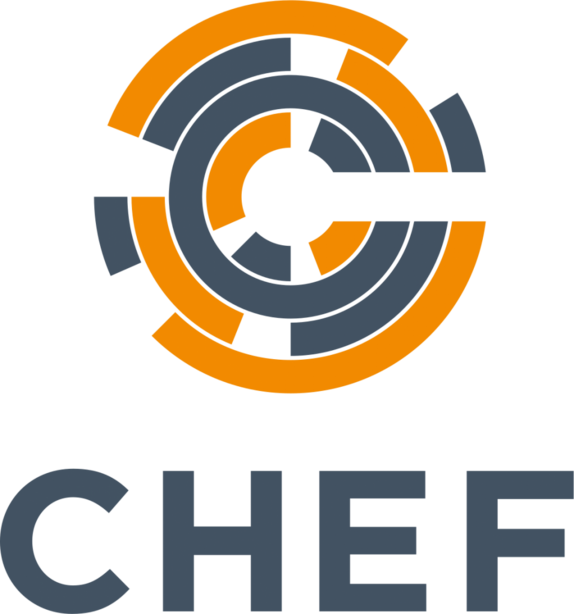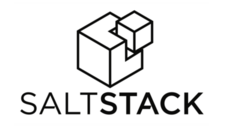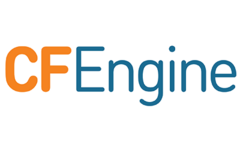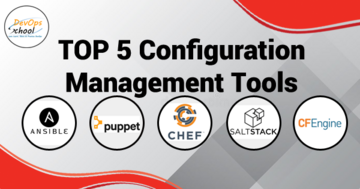Upgrade & Secure Your Future with DevOps, SRE, DevSecOps, MLOps!
We spend hours on Instagram and YouTube and waste money on coffee and fast food, but won’t spend 30 minutes a day learning skills to boost our careers.
Master in DevOps, SRE, DevSecOps & MLOps!
Learn from Guru Rajesh Kumar and double your salary in just one year.
Configuration management software is one of a group of DevOps categories designed to facilitate collaboration between IT and development. This tool is designed to automate the deployment of applications in data centers and in the cloud. It belongs to the older workload automation category of software. It is the act of tracking and controlling changes in the software portion of the larger disciplinary field of configuration management.
SCM practices include vision control in establishing a baseline. If something goes wrong, the SCM can determine what was changed and who changed it.
The goals of software configuration management are generally to implement configuration, identification, configuration idioms, and baselines, configuration control, control change processes.
This is usually achieved by establishing a change control board whose primary function is to accept all change requests sent against any baseline or rejected. Configuration position to record all the necessary information on accounting, reporting, and development process conditions.
Configuration Management Tools Features:
- Infrastructure automation
- Automated provisioning
- Application deployment
- Task management
- Visualization and reporting
- Orchestration
- Node management
- Role-based access control
Configuration Management Benefits:
Configuration Management aims to keep detailed records of information about the computer system and the need to update them.
The main benefits are:
- Lower risk of outages and security breaches
- Reduce costs by avoiding duplication of technology assets.
- Process control rapid problem resolution through implementing formal policies and procedures
- Efficient change management by understanding infrastructure
- Quick resumption of service
Here is the list of Top 5 Configuration Management Tools:
1. Ansible

Ansible is also the best configuration management, deployment, orchestration open-source tool, and automation engine. In fact, it is included in popular Linux distros like Fedora. This software provisioning and help IT infrastructure automation ranging from configuration management application to deployment, so get big productivity gains.
Ansible is a helpful tool that DevOps engineers can use to achieve infrastructure, application, network, and container environment automation. Engineers use this tool extensively for the automation and configuration of servers.
Features:
- Ansible Tower, a platform within Ansible, is a visualization dashboard for the entire IT environment.
- Through role-based access control (RBAC), Ansible can create scope users, and operate permissions for the environment.
- Ansible supports both on-premises and multi-cloud infrastructure configurations.
2. Puppet

Puppet is an open-source software configuration management tool. It is used to deploy, configure and manage servers. It uses a master-slave architecture.
Through the puppet, it is possible to overcome through continuous compliance with operational and safety risks in the IT environment. This includes Windows infrastructure automation, patch management, and managed application operations.
Thousands of companies, including Google, Cisco, and Splunk, use Puppet for configuration management.
Features:
- Highly extensible, supporting several developer tools and APIs.
- Puppet has Bolt, a powerful task orchestrator for automating manual tasks.
- Puppet integrates well with Kubernetes and Docker.
- Automated Provisioning
3. Chef

Chef is basically an automation platform that provides a way to configure and manage the infrastructure. Infrastructure as code implies execution by coding rather than performing manual execution. Chef works on Ruby and DSL to write the configuration.
Chef as a tool in DevOps lets you perform configuration management tasks on servers and other computing resources. Using Chef to automate processes is simple. With a few clicks, multiple nodes can be up and running.
Top companies like Facebook, Slack, and Spotify have employed Chef in their ecosystems.
Features:
- Chef is an agent-based automation platform.
- Chef handles infrastructure as code.
- Supports all operating systems and integrates with any cloud technology.
- Chef provides analytics for monitoring changes to the server.
4. Saltstack

SaltStack or simply Salt is a scalable configuration management and orchestration tool. DevOps teams use salt to manage IT environments such as data centers through event-driven orchestration and remote execution of configurations.
SaltStack is based on the Python programming language, SaltStack provides push and SSH methods to communicate with clients. Saltstak allows customers and group configuration templates together to be simple and easy to control the environment.
Salt configuration depends on the management framework states and configuration files so that it can be shown that is how the provision of IT infrastructure and deployment.
Features:
- Salt Cloud Platform for Provisioning Systems on the Cloud.
- Supports both agent-based and agentless control of nodes.
- Supports both *NIX and Windows operating systems.
5. CFEngine

CFEngine is a highly scalable platform for automated management of your IT infrastructure. Teams with CFEngine physical and virtual infrastructure provisioning, patch management, access control, user management, and system security, all can do the same location.
With CFEngine, autonomous agents are working continuously to continuously monitor, repair, update and restore IT infrastructure. Continuous system checks and automated treatment in CFEngine guarantee dependability and consistency across an infrastructure.
Features:
- Highly flexible due to the ‘write once use repeatedly’ configuration scheme.
- CFEngine is the Enterprise Mission Portal, a central dashboard platform for visibility and real-time monitoring of IT systems.
- Use lightweight automation agents within the WebScale platform to configure and manage multiple nodes.
The best way to find the best tools for your needs is to try them out. Who works for others it may not work for you, try to see how it works, how it can help keep your organization consistent and secure configuration.
It is quite important to do research and choose the best equipment which will be good for your organization.
I hope this article will help you with that.
